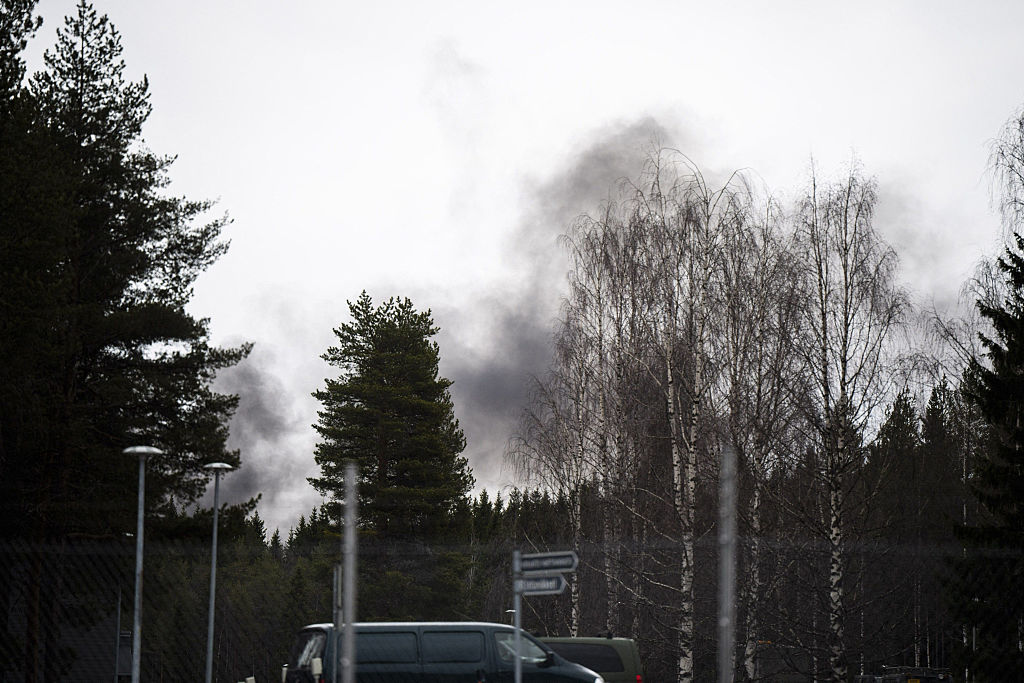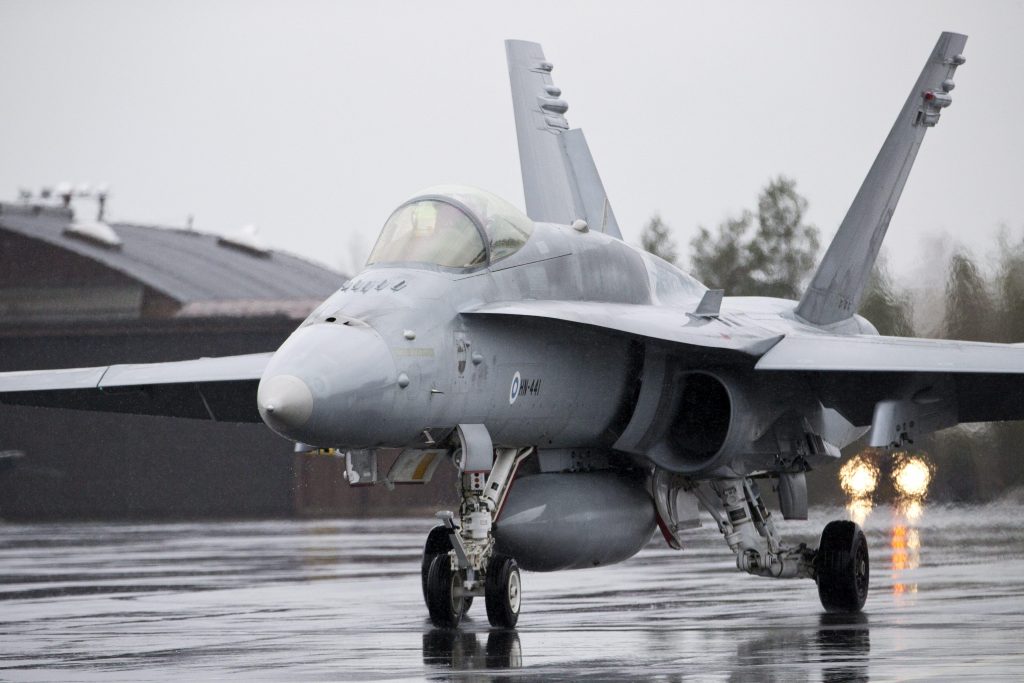Recovered black box may offer answers to Hornet jet fighter crash Arctic Finland

An official investigation into the crashed fighter jet in Rovaniemi is currently underway.
The flight data recorder, or “black box”, from the F/A-18 Hornet fighter jet that crashed in Rovaniemi on Wednesday has been recovered, the Finnish Air Force confirmed on Thursday.
Colonel Vesa Mäntylä of the Finnish Air Force stated that analysis of the recovered data is already underway as part of a site-specific accident investigation.
“We’re trying to determine whether there was a technical failure in the aircraft that may have caused the accident,” Mäntylä told Yle by phone.
All training flights involving Hornet aircraft remain suspended, though operational activities such as identification flights continue as normal.
The Lapland Air Command fighter jet crashed and caught fire during a rehearsal flight. The pilot ejected using the aircraft’s ejection seat and is reported to be fit for duty.
Speaking at a press conference in Rovaniemi on Wednesday, the Commander of the Finnish Air Force, Major General Timo Herranen, said investigators were using various tools to reconstruct the incident.

“We have data logging systems, video material, and ground impact marks that we can use to determine what happened,” Herranen explained.
Mäntylä said an investigation team would be appointed on Thursday afternoon and would likely include representatives from the Lapland Air Command.
“I’m still waiting for the official list of members, so I can’t confirm the composition yet. But I assume we will certainly have our own experts involved,” said Lieutenant Colonel Lasse Louhela, Commander of Fighter Squadron 11 of the Lapland Air Wing.
Data gathering began immediately after the crash and continued into Thursday. Louhela noted that while a substantial amount of information has already been collected, analysing it will take weeks or even months.
“At this stage, we don’t have any definitive findings to share publicly or even for internal use yet,” he said.
Technical fault, human error or bird strike among possible causes
Aviation writer and journalist Kyösti Partonen suggested the incident could have been caused by a mechanical fault or human error.
“Those are the main possibilities,” he said, adding that a bird or multiple birds striking the engine could also have caused damage.
“Those are typical factors often involved in flight accidents. So all of them are genuine possibilities that cannot yet be ruled out,” Louhela noted. Large numbers of migratory birds are currently travelling north through Lapland.
Partonen also raised the question of the aircraft’s remaining service life. Finland’s Hornets entered service in the 1990s.
“This was one of the earlier models,” he said.
While Hornet fighter aircraft lifespans are measured in flight hours, it remains unclear how many hours this particular aircraft had flown.
“It would be interesting to know how many hours it had left,” Partonen added.
At Wednesday’s press conference, Major General Herranen reiterated that Hornet jets are still considered airworthy and reliable.
No official estimates have been given on what may have occurred in the final moments before the crash.
Louhela declined to estimate the monetary value of the destroyed aircraft but acknowledged it was a costly asset with operational significance.
“Of course, every single aircraft matters. All airworthy front-line aircraft are part of our standing force. So this incident is not insignificant, but fortunately, it doesn’t have a major impact overall,” he said.
Related stories from around the North:
Finland: Finnish fighter jet crashes in Lapland, Yle News
United States: Villagers support critical lifeline in rural Alaska after plane crash kills 10, The Canadian Press



